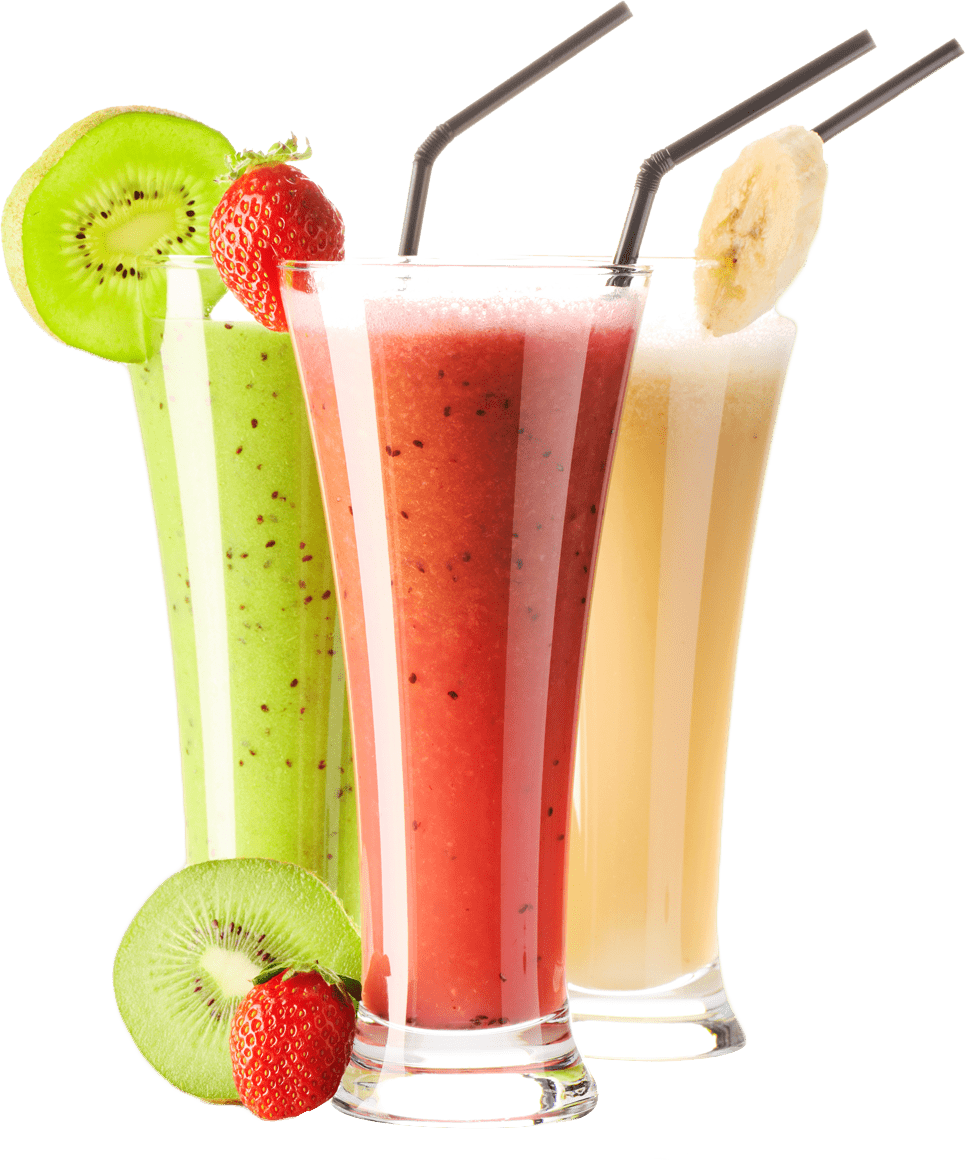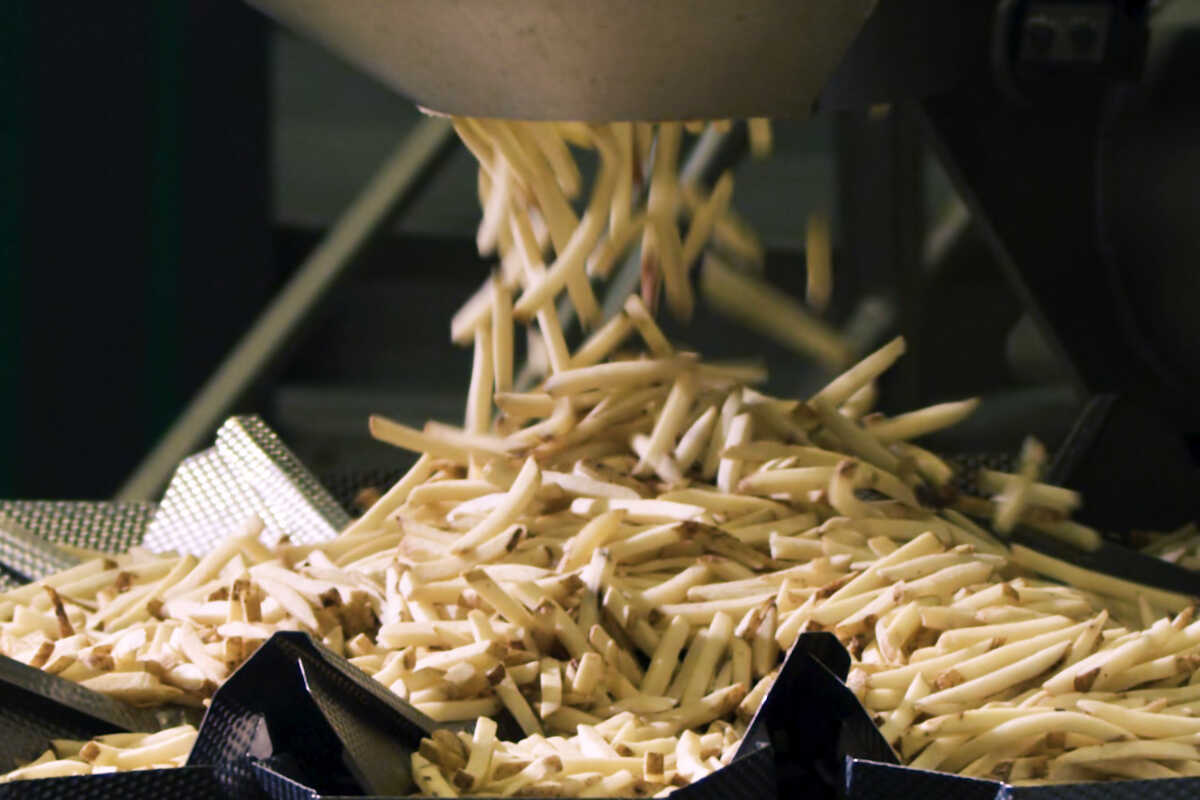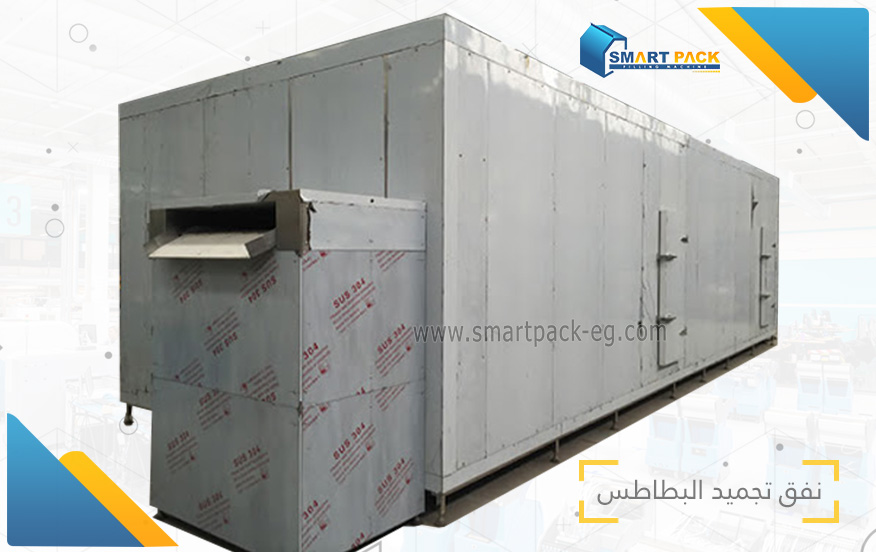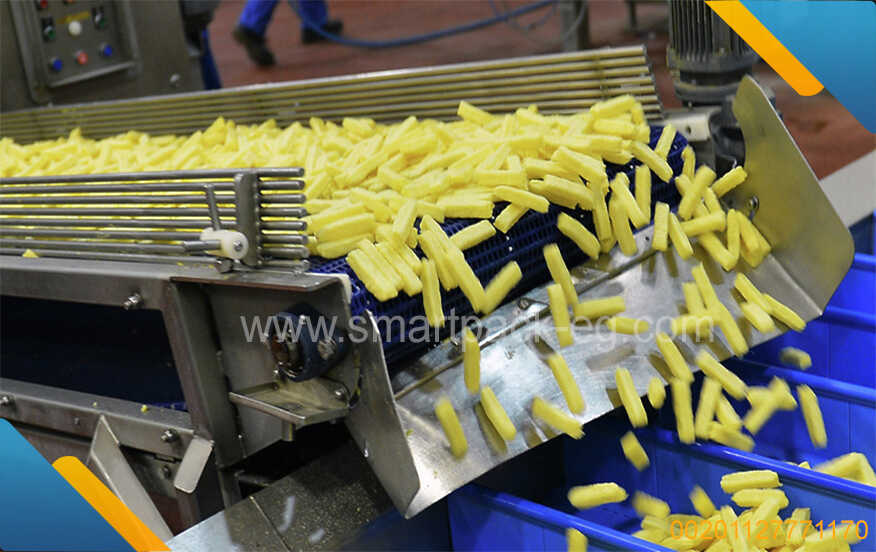How to Guide: Starting a Juice Filling Project
Hello, fellow entrepreneurs! If you're passionate about juicing and looking to start a refreshing and lucrative business venture, a juice filling project is an excellent choice. In this guide, I will walk you through the steps of setting up a juice filling project, different methods of selling your juices, and some tips for successful juice filling. Let's get started!
- Planning and Setup:
a. Define your target market: Identify who your potential customers are. Are you targeting health-conscious individuals, gym-goers, or families? Understanding your customers will help you tailor your product and marketing efforts.
b. Develop your juice recipes: Experiment with different fruits, vegetables, and flavor combinations to create unique and delicious juices. Consider offering a variety of options, such as detox juices, energy boosters, or immunity boosters.
c. Determine your production capacity: Estimate the quantity of juice you can produce based on your available resources and equipment. This will help you plan for scaling up your operations if needed.
d. Source quality ingredients: Seek out reliable suppliers for fresh and organic fruits and vegetables. Ensure the ingredients meet the required standards and are safe for consumption.
e. Acquire equipment: Invest in commercial-grade juicers, bottling machines, refrigeration units, and packaging materials. Consider the quantity of juice you'll be producing to determine the appropriate capacity for each piece of equipment.
- Methods of Selling:
a. Retail Store: Establishing a physical retail store allows customers to experience your juices firsthand. Create an appealing storefront, set up attractive displays, and provide samples to entice customers to try your products.
b. Online Store: With the rise of e-commerce, having an online presence is crucial. Create an attractive website where customers can browse and purchase your juices. Offer features like home delivery or subscription options to enhance customer convenience.
c. Farmers Markets: Participating in local farmers markets can be an effective way to showcase your juices and interact directly with potential customers. Be prepared with product samples, brochures, and business cards to attract attention and generate interest.
d. Wholesale: Partner with cafes, restaurants, or grocery stores to have your juices stocked in their establishments. Negotiate competitive pricing and ensure consistent product quality to build long-term partnerships.
- Juice Filling Tips:
a. Sanitization: Maintain strict hygiene standards in your production area. Clean and sanitize all equipment regularly to prevent contamination and ensure product safety.
b. Standardized portion sizes: To maintain consistency, invest in measuring tools and standardize the portion sizes of your juice bottles. This will help establish a professional image and avoid customer complaints.
c. Labeling: Clearly label your products with nutritional information, ingredients, and any certifications or special attributes, such as organic or vegan. Compliance with labeling regulations is essential to avoid legal issues.
d. Quality control: Regularly taste-test your juices to monitor their taste, freshness, and quality. Additionally, conduct periodic quality checks, including pH testing and microbial analysis, to ensure your juices are safe for consumption.
e. Packaging: Choose sturdy and eco-friendly packaging materials that are attractive and practical for storage and transportation. Consider using recyclable or biodegradable options to align with customer preferences for sustainable packaging.
Remember, starting a juice filling project requires hard work, dedication, and continuous innovation. Adapt to market trends, listen to customer feedback, and stay up-to-date with the latest juicing techniques to keep your business thriving. Cheers to a successful juice filling project!



 Admin
Admin 






